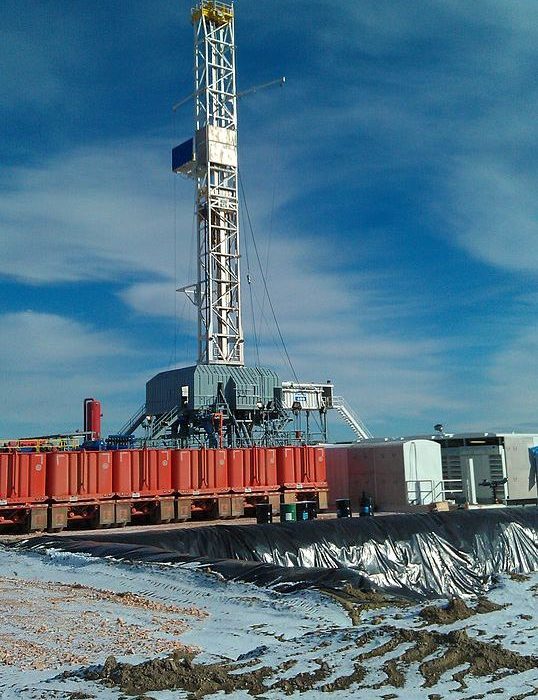Reclamation of North Dakota oilfield sites has proven to be a thornier problem than farmers and oilfield companies alike wanted to believe.
But new area research is kicking into high gear to look at the restoration problem, which is exacerbated in part by the state’s unique geological features.
Among the researchers already working on the problems is Dr. Erin Espeland, research ecologist out of the USDA-ARS in Sidney, and Zach Sylvain, a research assistant, are among those with projects that seek to improve oilfield reclamations.
“Our prairie is not well-adapted to disturbance,” Espeland said. “Pretty much all we have are prairie dogs, and that’s not really a lot of disturbance. It’s not like some others where there is a lot of fire or river beds with a lot of flooding and sediment deposits. We don’t have a history of that kind of extreme disturbance, so there is no natural recovery process in play. So how do we as humans go in and try to create some process to get sites recovered?”
Espeland is conducting an ecological survey of both oilfield and non-oilfield sites in the Little Missouri National Grassland to first get a handle on what’s happening in the real world with the sites.
Photo of drilling the Bakken formation in the Williston Basin by Joshua Doubek via Wikipedia.

